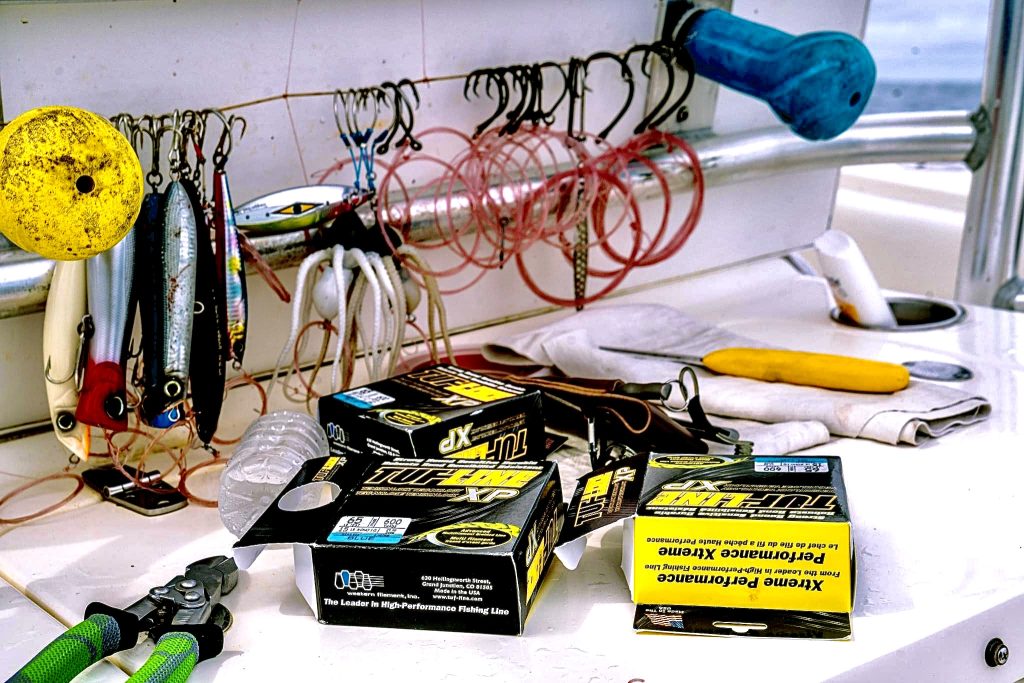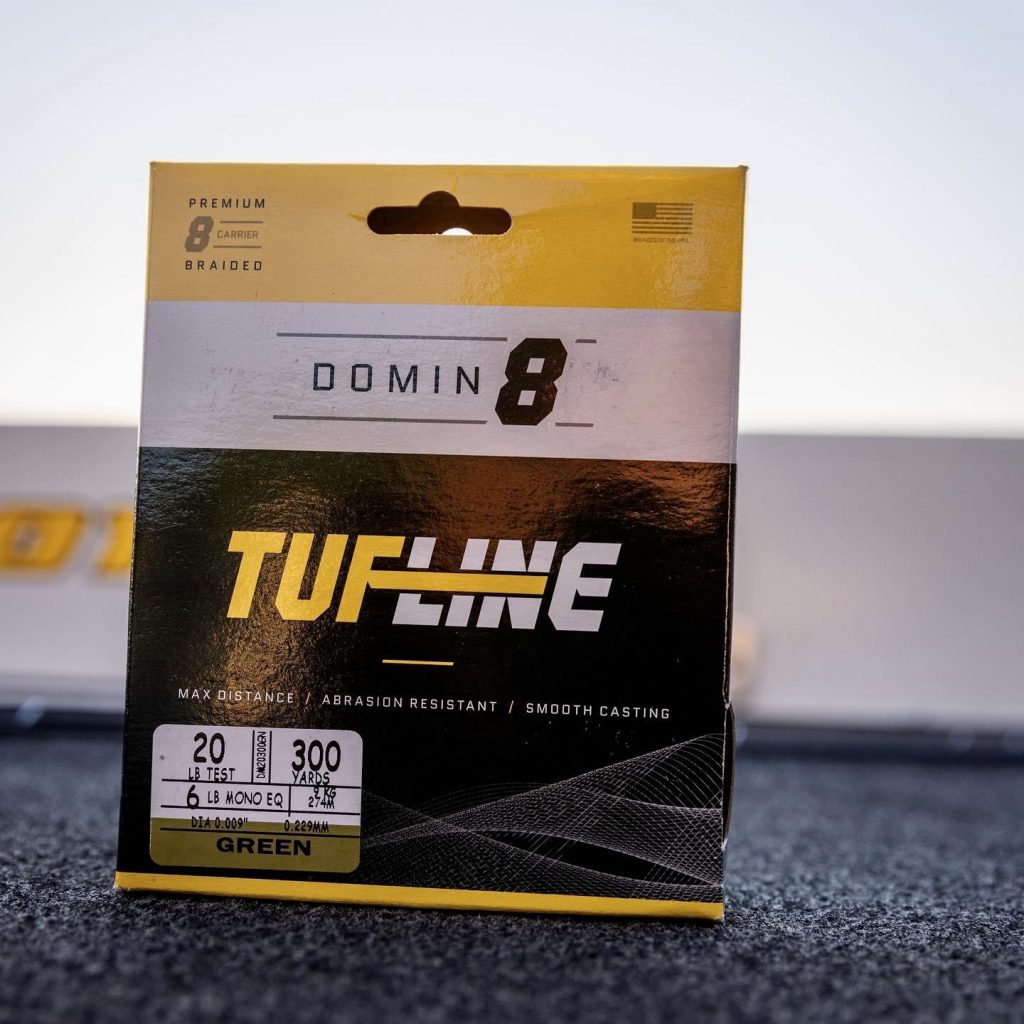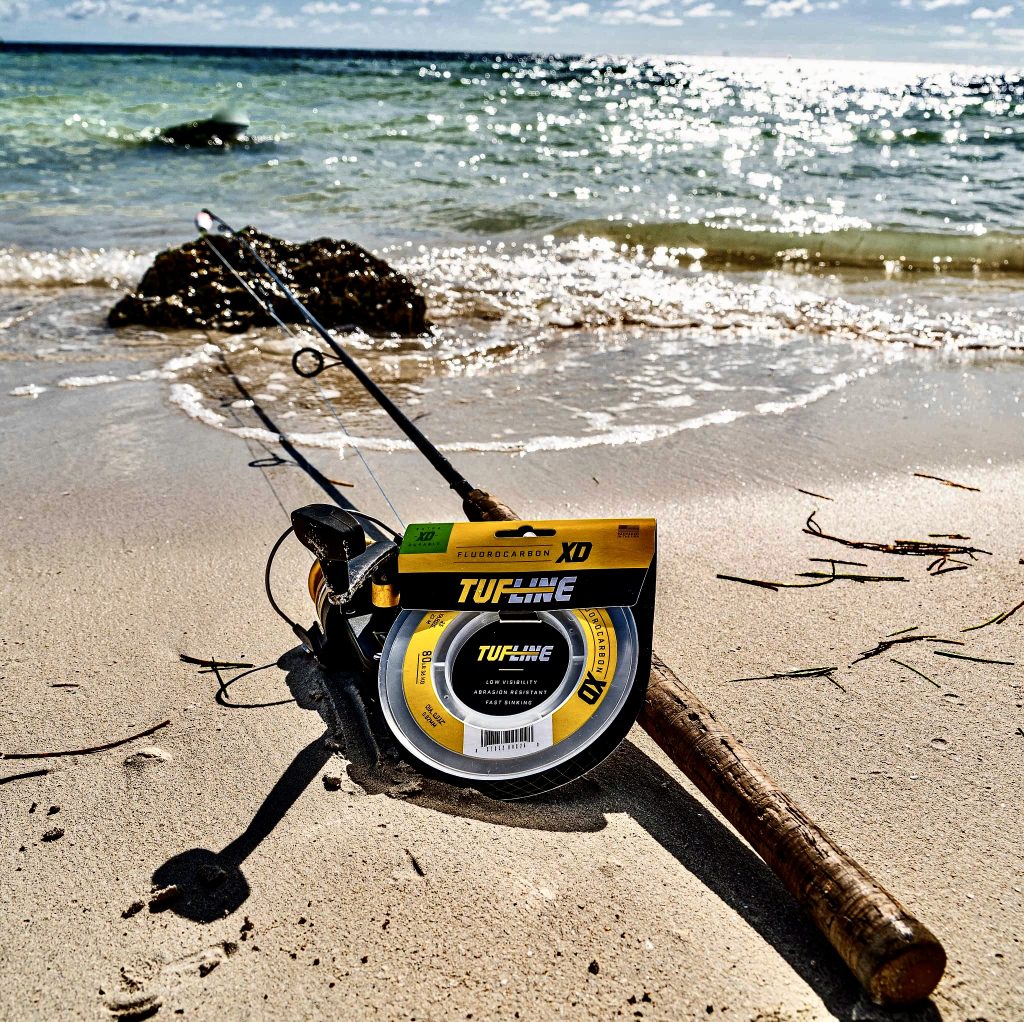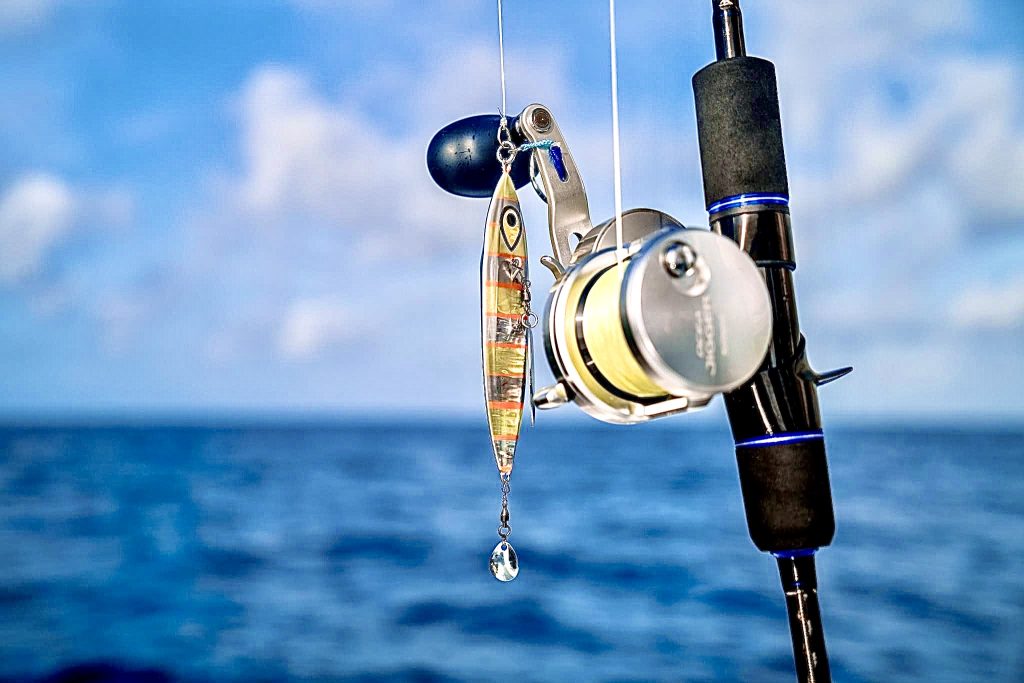The evolution of the string we use to catch fish has undergone a few changes in the last 100 years. Six decades ago, I used cotton thread from my Grandmother’s sewing kit and tied it to a bent pin when I fished the creek that flowed along the back of her pasture. Later, when I was old enough to paddle on float trips down the Sipsey river, I learned to use my Dad’s Pflueger Supreme bait caster filled with braided fishing line that came in a rainbow of camouflage colors.
Saltwater anglers used braided lines even earlier as they pursued giant swordfish off the coast of Mexico in the early 1900s. I remember reading about one memorable fight where a fisherman wrestled a 1000-pound fish next to his boat. The story described the strength of the 24-thread braided line made of linen which had to be specially cared for to prevent the deterioration of the natural fibers from bacteria, mold, and ultraviolet light.
I caught up with well-known fisherman Viktor Hluben of Landshark Outdoors. He calls Florida his home base but travels extensively in pursuit of anything that resembles a fish. Hluben’s prolific fishing adventures have inspired him to produce dozens of incredible videos he shares with viewers on his YouTube channel. He has pursued and caught an astonishing variety of fresh and saltwater species and demonstrates how to clean and cook almost everything he catches.
Landshark Outdoors
Because Hluben is such a prolific angler, I looked forward to hearing some of his insights about what line he uses, when to use braided fishing line, and why. He began fishing from piers, shore, and jetties and mentioned that he and his friends considered themselves “pier-rats” while in their teens. Through trial and error, he learned what worked and graduated from local piers and jetties to traveling the ocean in pursuit of larger deep-water fish.

Hluben spool’s his impressive reel collection with Mustad’s Tuf-Line and explained how strand count is essential when choosing the correct line for each fishing situation.
Modern Braided Fishing Line Types
Mustad was founded on the outskirts of the Norwegian town of Gjøvik in 1832 and became the dominant hook-maker. However, they have grown to include many other products in their inventory, and Tuf-Line has evolved into their family of premium lines for any fishing situation.
Tuf-Line started producing lines for fishing in 1938 and has achieved remarkable success through the constant innovation of modern materials and their state-of-the-art braiding process. They pioneered using UHMWPE (Ultra-high-molecular-weight polyethylene) and have become a leader in high-performance braided fishing lines.
The company continues to manufacture numerous products and is a leader in the textile braid industry. The same machines that create their braided fishing lines also manufacture products for the Aerospace industry, Formula-1 racing, and the military, so you can feel confident when you set your hook in that trophy of a lifetime.

Tuf-Line offers a family of lines to complement their super-lines, including braided Dacron, fluorocarbon, hollow-core, fly-line backing, and several specialty lines.
Hluben described one of the primary benefits of using these braided super-lines: “Their ability to slice both air and water is due to their smaller diameter, which allows them to be cast farther and sink faster when bottom fishing.”
Hluben has a ton of experience bottom fishing from piers and jetties and has learned that the four braid lines are more cost-effective for almost any scenario where your bait needs to be near structure or on the bottom. He explained that Tuf-Line 4orce is his go-to choice in these situations.
I asked him which line he preferred for casting, and he explained that eight stranded lines were the better choice for both spinning and bait casting reels. He said his preference for most cast and retrieve situations is Tuf-line’s Domin8 braid because its rounder, ultra-smooth profile and finish results in increased casting distances and offers exceptional abrasion resistance because of its higher line count.
Specialty Lines
Hluben said that if there were situations where he used any other type of braid, he described a newer line perfect for precision trolling and jigging. It’s called Tuf-Line XP Indicator and its design allows you to know precisely how much braid is in the water by counting the changes in the sections of the colored line. The hi-vis yellow section changes to red, then green, and back to yellow every 10 feet. The high-visibility yellow provides easy tracking, and the Tuf-Line XP Indicator low-visibility green provides an excellent shallow water tie-off. The red works for the deep water tie-point, and counting those color changes makes it easy to put a bait or lure at a precise depth for suspending fish or determining exactly how much line is out when trolling.
Addicted Enforcer 8x is the most advanced braided line in the TUF-Line offering, and is perfect for situations where line-watching is critical. It uses a unique high-visibility orange that allows fishermen to see even the most subtle bites. He mentioned it was popular with those fishing for steelhead and float-fishing along rivers where a smooth, tough line is a must when using spoons or plug casting.
TUF-LINE has also, recently, developed a new braided line specifically engineered for slow pitch jigging. The BLUE WATER SPJ BRAID creates an extremely thin, strong, and sensitive line that expertly links angler, jig, and fish. Lure control is maximized by reducing the ability of wind and multi-layered ocean currents to create slack or to sweep the jig out of the strike zone. At the same time, no-stretch BLUE WATER SPJ BRAID is exceptionally strong delivering superior tensile and knot strength to win toe-to-toe battles with saltwater giants. If you are slow pitch jigging, you need to have this specially designed line in your tackle box.

Fluorocarbon
Though he prefers braid in nine out of ten situations, Hluben occasionally uses straight Tuf-Line fluorocarbon in super clear water. He also said the only time he connects his hook or lure directly to the braid is in muddy or dark water with near-zero visibility.
Knots are the weak link in any fishing scenario, so figuring out the best knots for whatever type of line you use is critical to getting an up-close view of whatever bites. When first introduced, these super-lines were notorious for knot slippage, and there were proponents for a multitude of knots. When I got around to asking about what knots he used for leader splicing and his lure or hook knots, Viktor didn’t disappoint.
“Always, always use an FG knot when splicing onto fluorocarbon,” Hluben said. “Also, the Uni-knot is what I use to tie onto my hook and lures except when I occasionally tie a loop-knot for better swimming action.”

Proper Spooling
I’ve always done most of my reel work and maintenance and filled my reels with new lines, but these new braided lines have different characteristics that require modifying the knots used at the spool and how it’s wound onto them.
Again, the uni-knot is the best choice when attaching your braid to either a spinning or level wind reel. Getting a couple of line wraps around your spool is essential before you tie and cinch your uni-knot. On bait-casters, many recommend wrapping tape around the spool to prevent slippage. After your line is attached, it’s essential to wind your braid onto the spool tightly to ensure a smooth cast.
Conclusion
Fishing has always been a great way to acquire some tasty protein for one’s diet and humans have invented some ingenious methods to capture them throughout the centuries, but that tug on the end of one’s line will never grow old. Newer technologies have led to the development of new super-lines that should make you confident that if you hook that fish of a lifetime, you won’t be able to use a broken line as an excuse.

So, do a little research about the best line for your fishing needs. Then, if you want to see how a professional catches and cleans fish from near and far oceans, rivers, and lakes, tune into Viktor Hluben at Landshark Outdoors to be entertained and amazed at the variety of swimming creatures he catches.
Full Disclosure: This post may include affiliate links. There’s no extra charge to our readers for using these.



